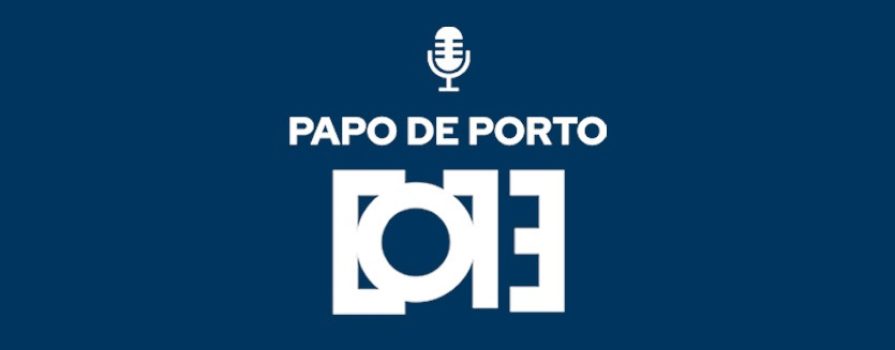
As the rout in global stock markets deepened on Monday amid tariff turmoil, signs of stress in financial markets were mounting.
“It is quite clear that the market is in panic“, said Van Luu, global head of FX and fixed income strategy at Russell Investments.
Currently, the Investor and Asset Manager Risk Aversion Indicator was on the rise. This movement is relevant because the indicator incorporates both price trends and sentiment indicators. In addition, it was approaching levels not seen since the period between September and October 2022. At that time, global central banks began an unprecedented series of interest rate hikes. Consequently, this context reinforces the cautious environment observed in the markets.
Below are some of the indicators on investors' watchlist.
VIX
Wall Street’s closely watched fear gauge, the VIX volatility index, jumped to 60 on Monday — the highest level since a global market sell-off in August. By comparison, last Friday the index closed above 45, the first time since the Covid-19 crisis hit in 2020.
Meanwhile, in Europe, a similar gauge — the STOXX euro volatility index — was approaching its biggest daily increase in absolute terms since October 2008, the period marked by the height of the global financial crisis.
Demand for dollar
Recently, demand for dollars from non-US investors has increased. This movement is a typical sign that market participants are seeking liquidity. In this context, the three-month cross-currency swap rate for the euro — a derivative that directly reflects this demand — was trading around -7%. In comparison, just a week ago, this rate was at 12.5%. This is therefore the most negative level recorded since the end of 2023. Generally speaking, a more negative number indicates even greater demand for dollars.
High risk securities
Additionally, junk bond spreads—which reflect the premium investors receive for owning riskier corporate debt, compared with government bonds—have hit multi-month highs.
Specifically, on Monday, the iTRAXX Crossover Index — an index that tracks European high-risk bonds with a five-year maturity — jumped above 420 basis points. This move represented the largest single-day gain since March 2023, and also took the index to its highest level since November of that year. Consequently, the index was almost 80 basis points above the level seen just a week ago.
Banks
Global banks, essential to the functioning of the world economy and a barometer of growth, continue to suffer sharp declines in share prices.
European and Japanese bank stocks have each lost about 20% of their value over the past three trading sessions. Japanese banks closed down 10% on Monday, while U.S. banks fell about 15% last week, their biggest weekly drop since 2020.
SWAP Spreads
The growing pressure on the US bond market is becoming evident. It is the largest market in the world, with around US$1.4 trillion in outstanding government debt. One sign of this tension is in swap spreads. These spreads capture the premium on the fixed side of an interest rate swap. Investors use this instrument to hedge against the risk of interest rate fluctuations relative to bond yields.
U.S. two-year swap spreads fell sharply on Monday. This measure represents the difference between the two-year swap rate and the yield on two-year Treasury notes. At one point in the day, the spreads were as low as -46 basis points. They later fell to about -24 basis points. That is close to the lowest levels seen since November.
Source: Amanda Cooper, Dhara Ranasinghe and Naomi Rovnick | Notícias Agrícolas















